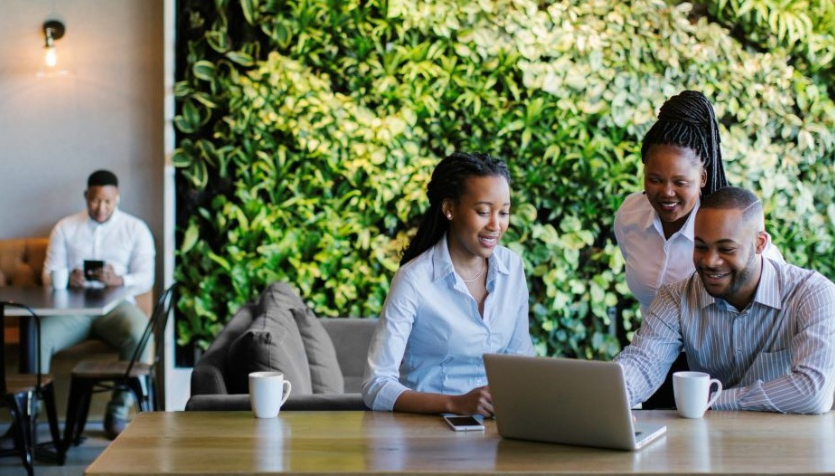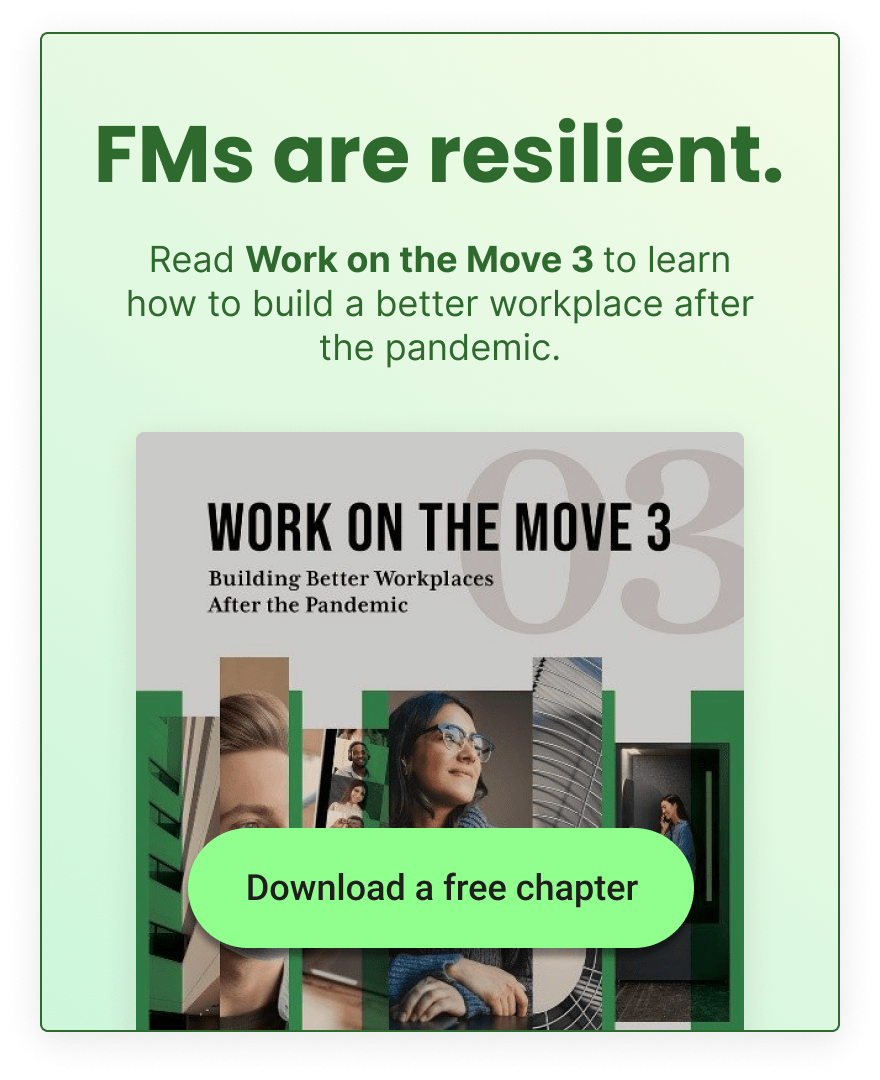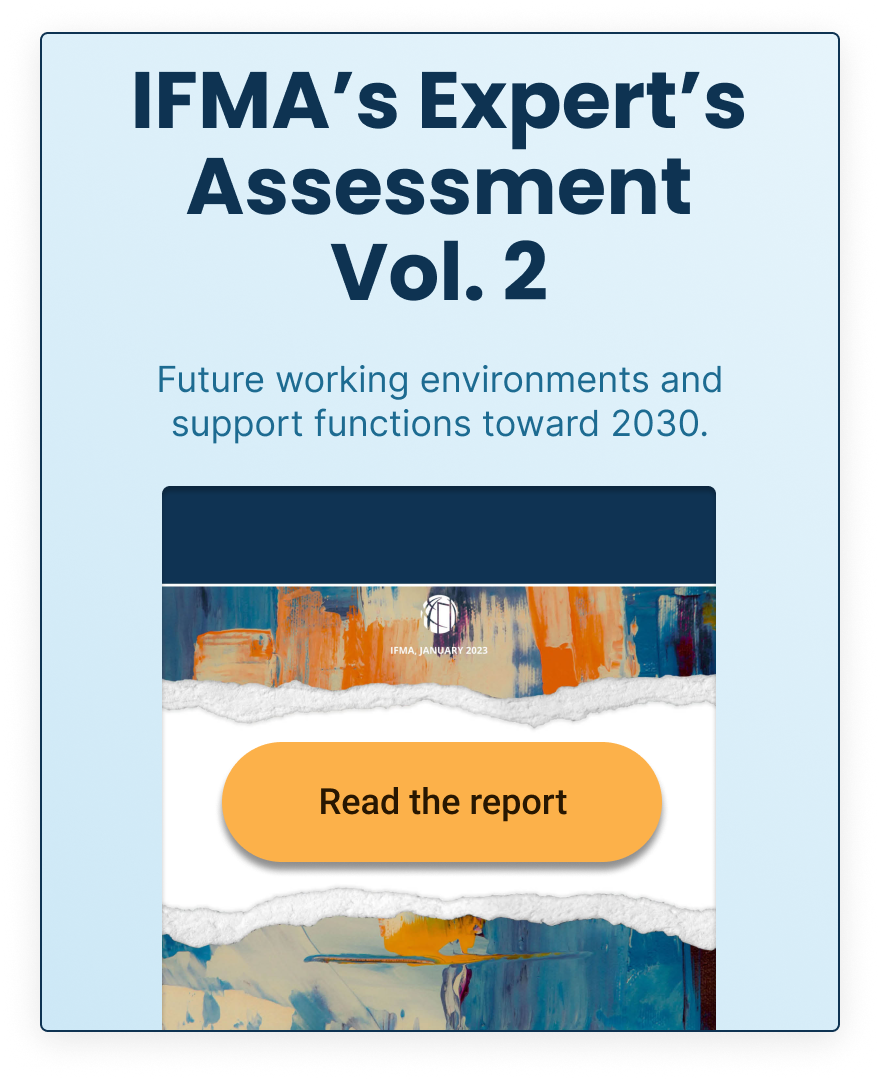Design That Works: How Aesthetics Boost Your Team

Workplace aesthetics are more than just visual appeal—they directly influence employee productivity, well-being, and collaboration. This article explores how thoughtful office design, from lighting and colors to ergonomic furniture and biophilic elements, can enhance creativity, reduce stress, and foster innovation. Learn how top companies like Google, Airbnb, and Pixar have leveraged design to boost performance and discover emerging trends shaping the future of workspaces
Design That Works: How Aesthetics Boost Your Team
Imagine stepping into an office bathed in natural light, featuring vibrant colors and thoughtfully designed workspaces. Now, picture another workplace—dull, cluttered, and uninspiring. Which one would you prefer?
Workplace aesthetics go beyond decoration; they shape employee mood, productivity, and collaboration. A well-designed office can spark creativity, reduce stress, and foster a sense of belonging. In this article, we explore how workplace aesthetics impact employees and why organizations should prioritize office design.
How Workplace Aesthetics Enhance Employee Well-Being
1. The Power of Colors, Light & Design
The visual appeal of a workspace directly influences how employees feel and perform. Colors, lighting, and design elements create different atmospheres:
- Blue & Green – Promote relaxation and concentration.
- Yellow & Orange – Inspire creativity and enthusiasm.
- White & Gray – Offer a modern, clean look but may feel sterile if overused.
Lighting is equally critical. Natural light improves mood, enhances sleep quality, and boosts productivity, while poor lighting contributes to fatigue and headaches. Different types of lighting serve distinct purposes:
- Ambient Lighting – Provides overall illumination.
- Task Lighting – Directs light for focused activities like reading or computer work.
- Accent Lighting – Highlights specific areas to add visual appeal.
2. Reducing Stress with Natural Elements
Biophilic design—incorporating nature into the workplace—is gaining traction. Elements like indoor plants, wooden textures, and water features create a calming environment, enhancing employee well-being. Studies show that offices with greenery lower stress levels and improve mental clarity.
3. Enhancing Cognitive Function Through Organization
A well-structured, visually appealing workspace enhances focus, memory, and problem-solving skills. In contrast, cluttered and chaotic environments can be mentally draining. A clean, organized workspace fosters clear thinking.
4. Prioritizing Physical Comfort
Workplace aesthetics extend beyond appearance—they also impact physical well-being.
- Ergonomic chairs and desks prevent posture-related issues.
- Optimal lighting reduces eye strain.
- Spacious layouts encourage movement, reducing health risks like back pain.
Fostering Collaboration Through Workplace Design
1. Facilitating Communication with Smart Layouts
Office layouts influence how employees interact:
- Open-plan spaces promote teamwork and spontaneous discussions.
- Collaboration zones (lounges, brainstorming areas) facilitate idea-sharing.
- Private spaces provide quiet areas for focused work.
2. Creating a Sense of Community
Employees are more likely to engage with colleagues when they feel comfortable in their workspace. Decor elements like murals, motivational quotes, and shared spaces encourage collaboration and a sense of belonging.
3. Boosting Creativity and Innovation
Visually appealing workspaces stimulate creativity. Artwork, unique designs, and modern decor inspire employees to think outside the box and generate fresh ideas.
4. Enhancing Productivity and Efficiency
A well-designed workspace minimizes distractions and enhances focus. Employees in organized, aesthetically pleasing environments are more engaged and productive.
Key Elements of an Aesthetic Workspace
1. Understanding the Psychology of Colors
- Cool tones (blue, green) – Enhance focus and relaxation.
- Warm tones (yellow, red) – Stimulate energy and creativity.
- Neutral tones (gray, beige) – Maintain a professional and balanced look.
2. Prioritizing Lighting
- Maximize natural light to boost mood and energy.
- Use soft artificial lighting to reduce eye strain and enhance comfort.
3. Smart Space Planning
- Dedicated collaboration areas encourage teamwork.
- Quiet zones allow for deep focus.
- Flexible workspaces accommodate different working styles.
4. Investing in Ergonomic and Aesthetic Furniture
- Adjustable chairs and desks enhance comfort.
- Decorative elements like plants and artwork create a pleasant ambiance.
5. Incorporating Biophilic Design
- Indoor plants improve air quality and well-being.
- Wood and natural textures create warmth.
- Water features add a soothing effect.
Real-World Examples of Aesthetic Workplaces
✨ Google: The Innovation Playground
Google’s offices feature vibrant colors, open layouts, and playful elements like slides and nap pods to promote creativity and collaboration. Their "Googleplex" includes communal spaces, recreational areas, and artistic decor to foster innovation.
✨ Airbnb: A Home-Inspired Workplace
Airbnb redesigned its headquarters with comfort in mind, leading to a 50% increase in employee productivity. The office includes communal spaces resembling Airbnb listings, repurposed materials, and a warm, inviting atmosphere.
✨ Pixar: Designed for Spontaneous Collaboration
Pixar’s office layout places common areas at the center, ensuring employees interact across departments. The central atrium serves as a gathering space where spontaneous idea-sharing occurs, fostering creativity.
Challenges in Creating an Aesthetic Workplace
1. Budget Constraints
Revamping a workspace can be costly, but small changes like improved lighting, wall art, and greenery can have a significant impact. Phased improvements and cost-effective design solutions help manage expenses.
2. Maintenance Requirements
A visually appealing workplace requires ongoing upkeep. Regular cleaning and organization ensure the space remains functional and inviting.
3. Balancing Personalization and Brand Identity
While uniform design enhances branding, allowing employees to personalize their desks fosters a sense of ownership. Organizations can strike a balance by offering designated areas for personal items while maintaining a cohesive office aesthetic.
4. Sustainability Considerations
Many modern workplaces are adopting eco-friendly materials, energy-efficient lighting, and sustainable design elements to align with environmental goals.
Emerging Trends in Workplace Aesthetics
- Biophilic Design – Bringing nature indoors to improve well-being.
- Activity-Based Workspaces – Offering different spaces for different tasks.
- Agile Office Design – Creating flexible, modular workspaces.
- Human-Centered Design – Prioritizing comfort, acoustics, and lighting to enhance employee experience.
Scientific Insights on Workplace Aesthetics
📌 Central Michigan University Study
Workplaces with natural elements reported higher job satisfaction and lower stress.
📌 University of Exeter Research
Personalized workspaces boosted productivity by 32%.
📌 Workplace Aesthetic Study (2007)
A visually appealing office significantly improved job satisfaction and motivation.
📌 PubMed Research on Office Aesthetics
Employees highlighted that well-designed workspaces reduced stress and improved concentration.
Conclusion: More Than Just Appearance
Workplace aesthetics is not merely about style—it significantly impacts employee happiness, productivity, and collaboration. Organizations that invest in thoughtfully designed, engaging work environments benefit from increased innovation, efficiency, and job satisfaction.
A great workspace isn’t an expense—it’s an investment in people and success.
Now is the time to assess your office environment. Explore modern design trends, implement changes gradually, and consider seeking expert guidance to create a workplace that fosters well-being and drives success.
Disclaimer
The information presented in this article has been compiled from various publicly available sources and is intended for informational and educational purposes only. Every effort has been made to ensure that the content is accurate and original; however, if any part of this article is found to match existing copyrighted material, it is purely coincidental and unintentional. The article is not intended to infringe upon any copyrights. If any issues are identified, please bring them to our attention, and we will promptly address and rectify them


